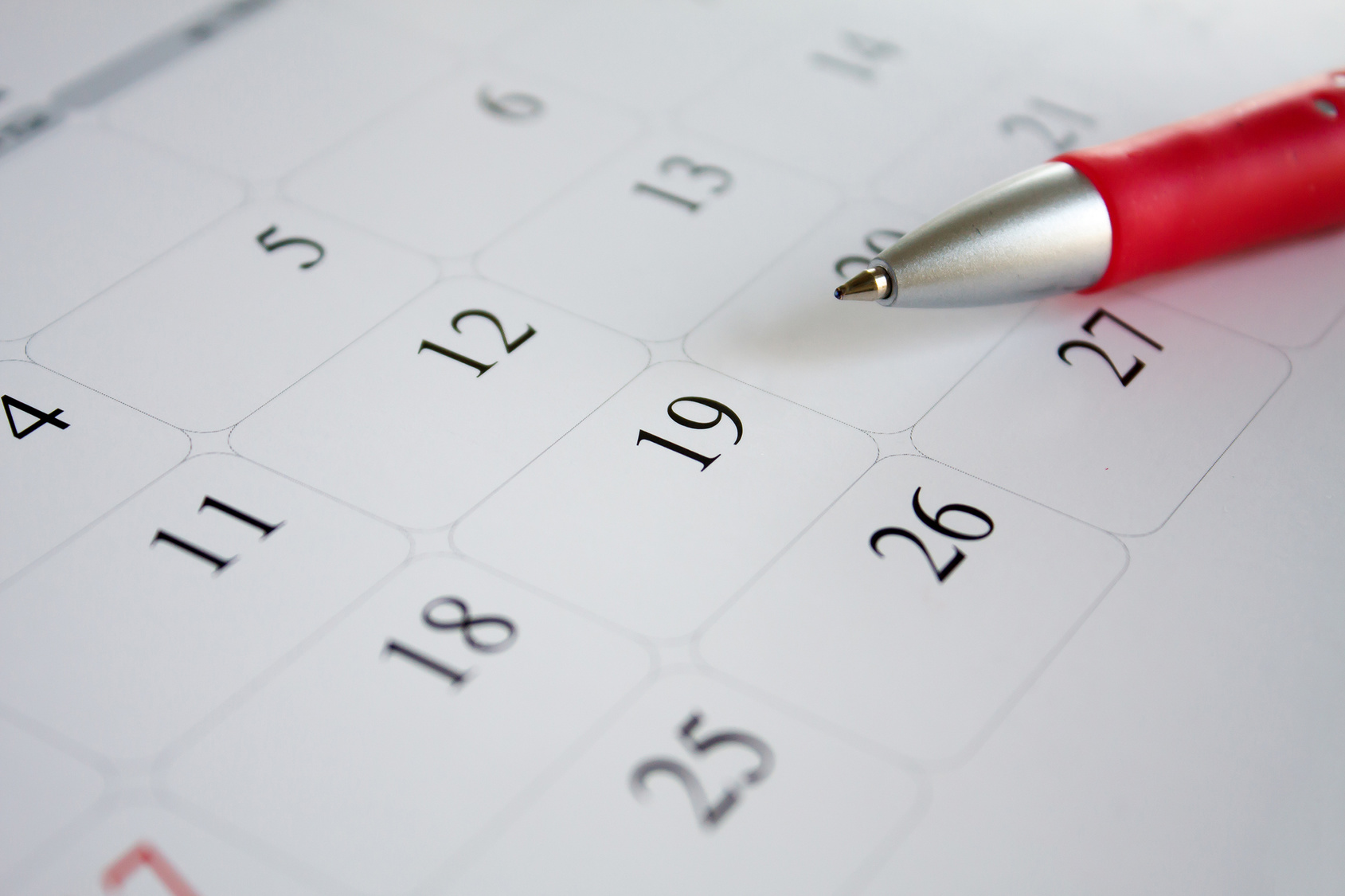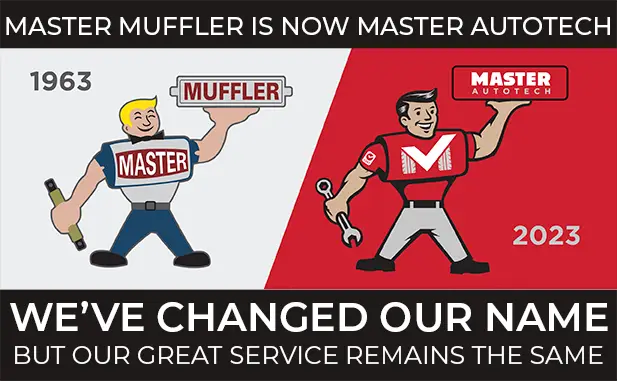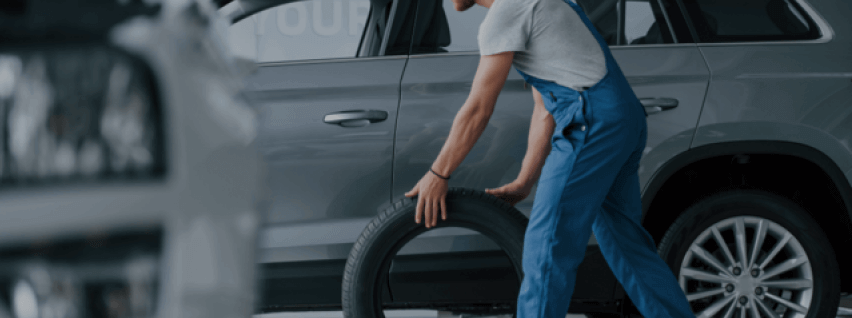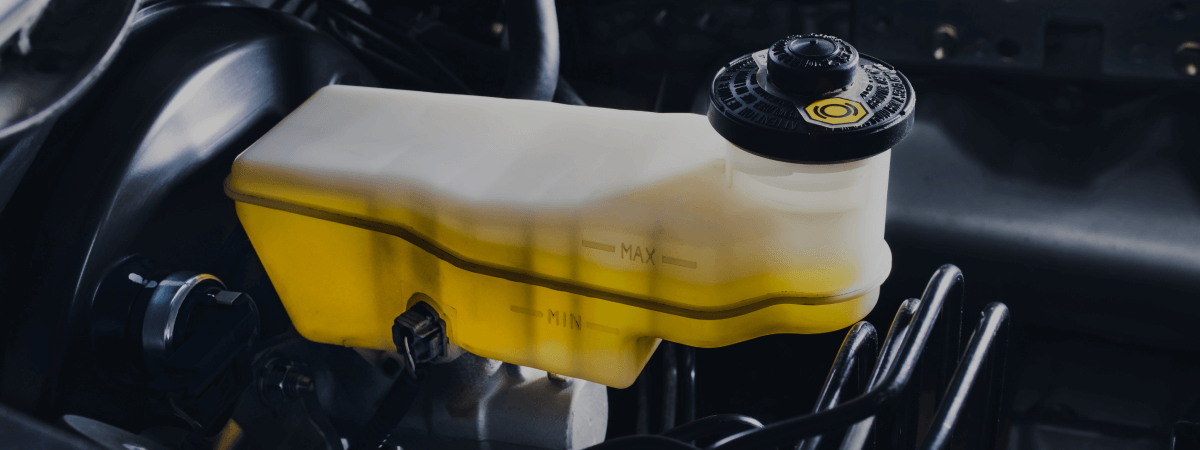
Everyone knows that the secret to a car’s longevity is getting regular maintenance. That includes oil changes, tune ups, tire rotation, and more. So how often should you take your car in for maintenance? Read on to find out.
Safety and Emissions
Utah law requires that your vehicle passes safety and emissions tests at regular intervals. You need to pass emissions every year if your car is older than 6 years old, every other year if your vehicle is less than six years old, and if your car is older than 1967, you will not need to pass a test. You will also need to pass a safety inspection every year if your car is older than ten years, and every other year if it is 10 years or younger.
Oil Changes
Oil changes are another regular service that you need to do in order to keep your car running properly. If your car is older than 12 years, you should follow your mechanic’s recommendation and get your oil changed every 3,000 or three months, whichever comes soonest. However, if you have a newer car, you won’t need to change your oil until about 5,000 miles or about every six months.
Brakes
Your brake system comprises of brake pads/shoes, rotors, brake fluid, and brake caliper or caliper pin. Brake pads/shoes need to be replaced every 20,000 to 60,000 miles (about once a year to every other year), rotors need to be polished and replaced as needed, brake caliper or caliper pin should be replaced as necessary, and brake fluids flushed about every 2 years or 30,000 miles.
Tune Ups
Getting a tune up allows a mechanic to take a good look at your car and make sure that everything is running properly. They will take a look at your fuel filter, spark plugs, fluid levels, air filter, and anything else that needs attention. You should get one every two years at least.
Tires Rotation and Alignment
You need to get your tires rotated frequently so that your tires wear evenly. A good rule of thumb is to get your tires rotated about every 5,000 to 8,000 miles, and check your alignment at that time as well (hitting the curb, pot holes, and wear and tear can throw it off). There are some things that you can do yourself, such as checking your PSI and tire tread.
Related Posts
Key Takeaways On average, passenger vehicle tires last 40,000 to 60,000 miles, depending on type, driving habits, and maintenance. Replace tires when tread depth reaches 2/32”, if damaged, or older than 10 years. Regular rotation, alignment, and proper inflation extend tire life. Aggressive driving, poor roads, and harsh weather shorten tire lifespan. Take advantage [...]
When you think about car maintenance, you probably focus on oil changes, tire rotations, and maybe even brake pad replacement. But what about your brake fluid? If you’ve ever wondered, “What does brake fluid do?” or “Why is brake fluid important?”, you’re not alone. Brake fluid might not be the most talked-about part of [...]
Is that high-pitched squeal from your brakes driving you—and everyone else—crazy? Don’t ignore it. Squeaky brakes aren’t just annoying, they’re your car’s way of saying something needs attention. Whether you're cruising through Salt Lake City or winding up Idaho’s mountain passes, here’s what’s likely going on, how you can fix it, and when it [...]





